Got Old Plaster in Your Historic Home? Wait, Don’t Rip It Out and Replace It with Drywall!
If you’ve got an older home, you might be tempted to rip out that old plaster and replace it with drywall. Sure, drywall is easier to work with, especially when you need to get to the plumbing and electrical systems. But before you take a sledgehammer to your walls, consider this: preserving and restoring your plaster might actually be the better choice.
The Benefits of Keeping and Repairing Plaster
Historical Integrity: One of the biggest advantages of maintaining plaster is preserving the historical authenticity of your home. Plaster was commonly used in homes built before the 1950s and is a key element in the charm and character of these historic buildings.
Durability and Longevity: Plaster is incredibly durable and, when properly maintained, can last for centuries. Unlike drywall, which is susceptible to dents and scratches, plaster’s hard surface resists damage and provides a strong, sturdy finish.
Insulation and Soundproofing: Plaster has excellent thermal and acoustic properties. It provides better insulation, helping to keep your home warmer in the winter and cooler in the summer. This not only makes your living space more comfortable but can also lead to energy savings. Additionally, plaster walls are better at soundproofing, creating a quieter and more serene environment.
Moisture Resistance: Unlike drywall, plaster is more resistant to moisture. This makes it less prone to mold and mildew, which is particularly beneficial in older homes that may have occasional moisture issues.
Eco-Friendly Material: As the world moves towards greener construction practices, lime plaster is making a comeback. Lime plaster is a natural, sustainable material that doesn’t emit harmful toxins. It’s breathable, allowing moisture to escape and reducing the risk of damp problems in your home.
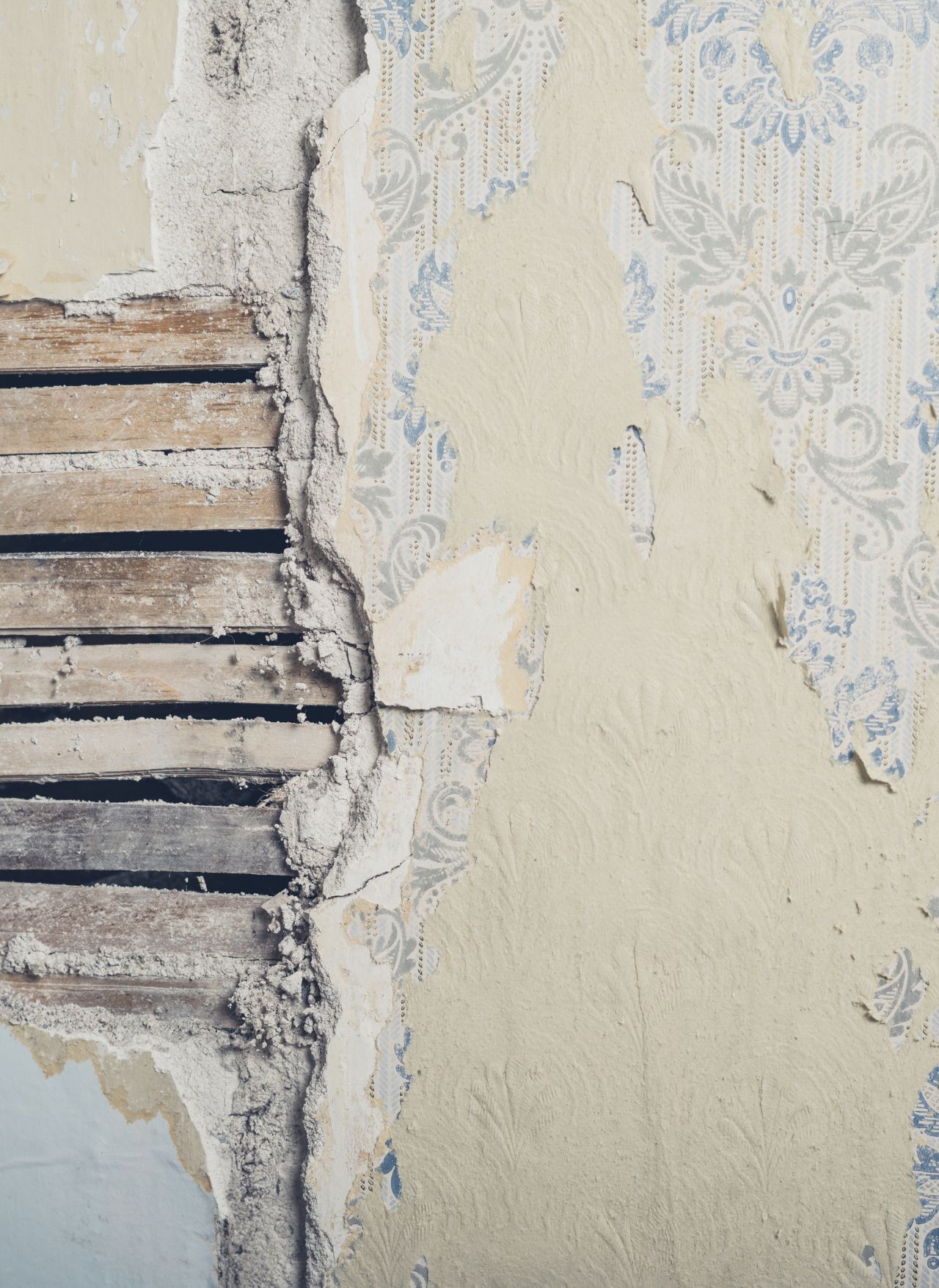

Plaster’s Ability to Filter Toxins
Lime plaster has a unique ability to filter toxins from the air. It can absorb carbon dioxide and other pollutants, which improves indoor air quality. This is particularly important in today’s environment, where indoor air pollution is a growing concern. By choosing to keep and restore your plaster walls, you’re contributing to a healthier home environment.

Modern Use of Plaster in Green Construction
Today, the benefits of lime plaster are being recognized in new construction as well. Builders and homeowners who are committed to green building practices are choosing lime plaster for its natural, non-toxic properties and its ability to regulate humidity and temperature. By using lime plaster, they’re creating healthier, more sustainable living environments.
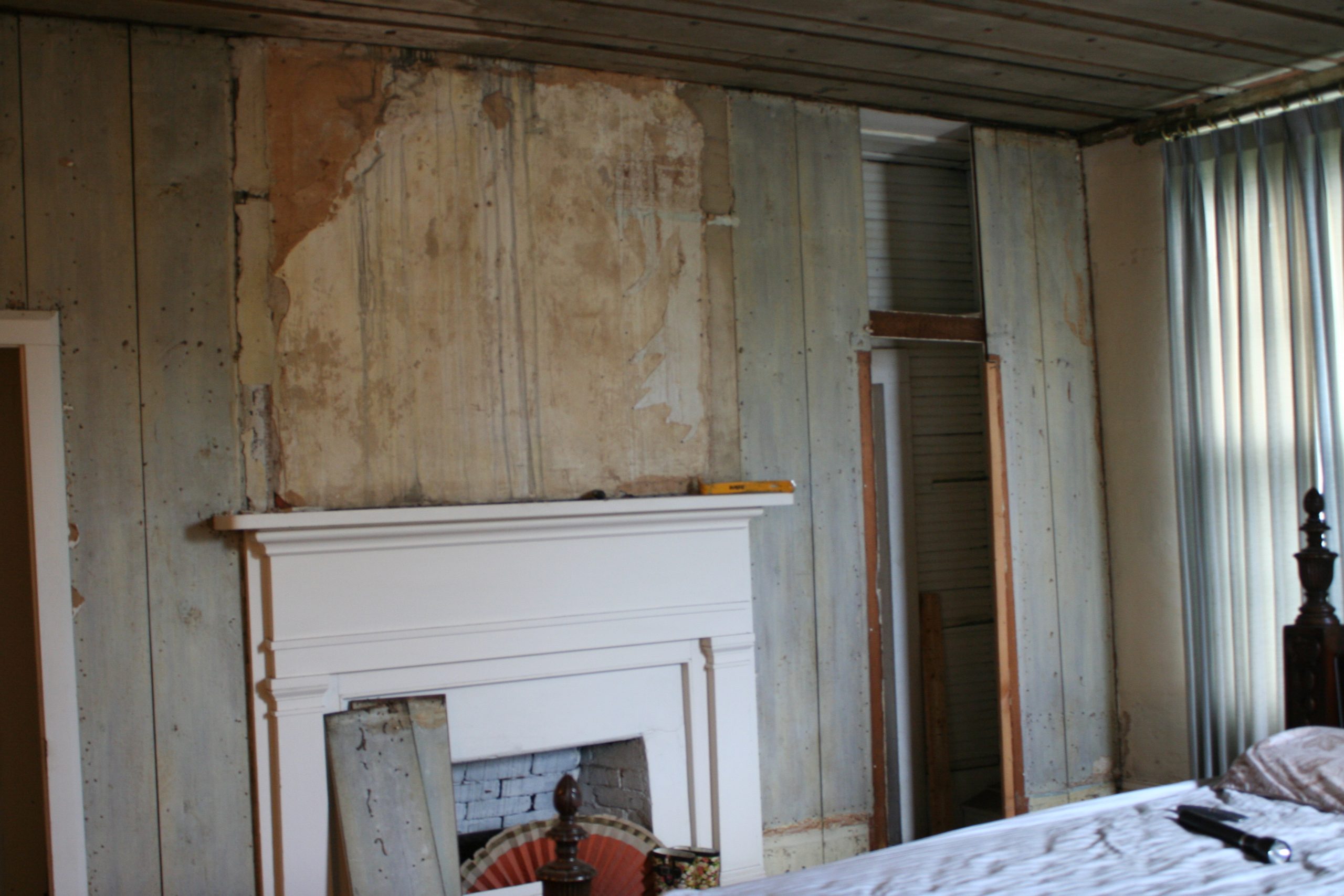
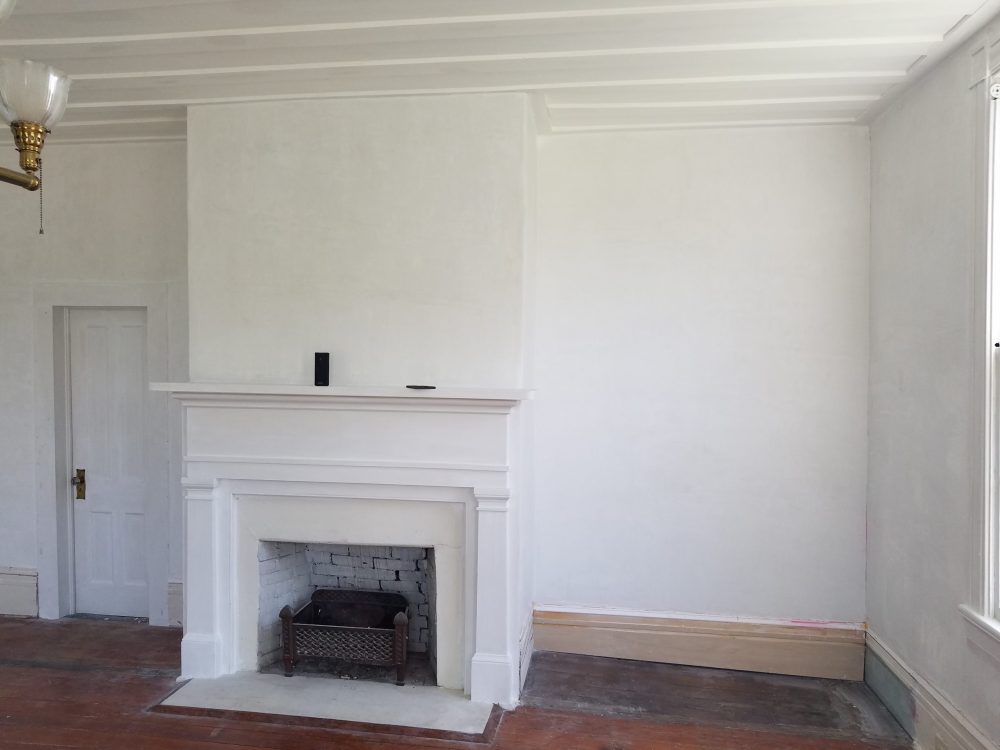
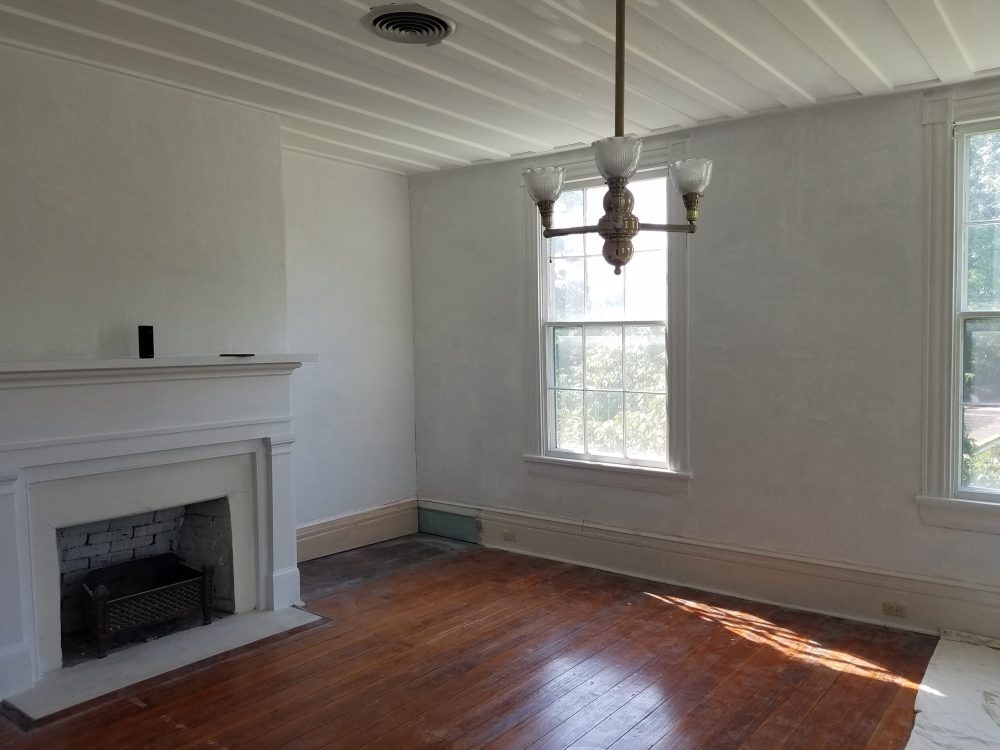
Making the Choice
Yes, restoring plaster can be more challenging than simply replacing it with drywall. It requires skill, patience, and sometimes the help of a professional. But the benefits—both in terms of maintaining the historical integrity of your home and contributing to a healthier, greener environment—make it a worthwhile endeavor.
So, before you decide to tear out those old plaster walls, consider the advantages of restoration. You might find that keeping your historic plaster is not only a nod to the past but also a step towards a more sustainable future.
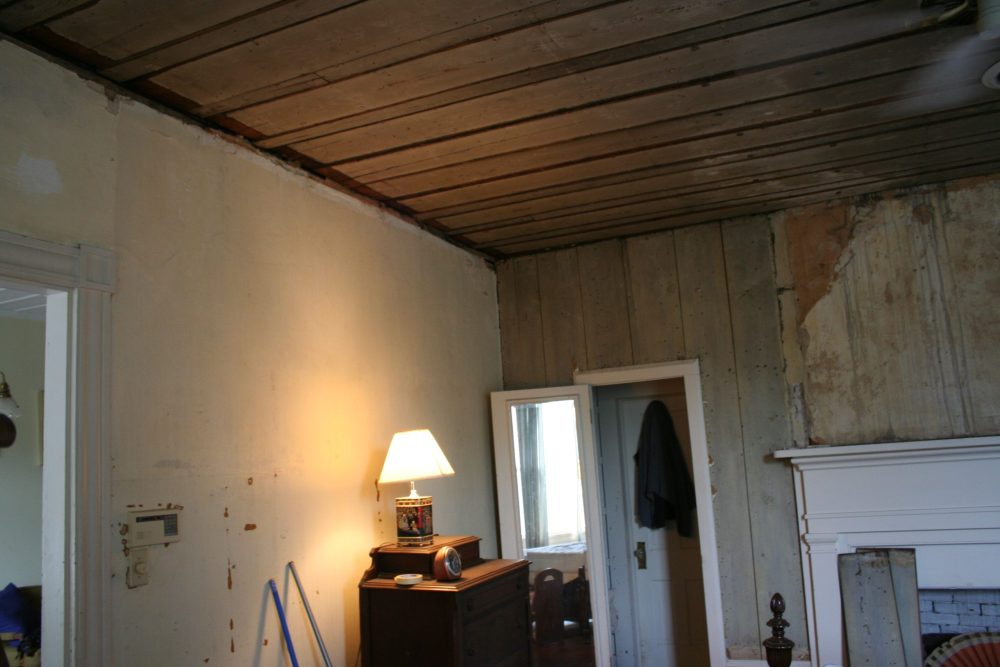
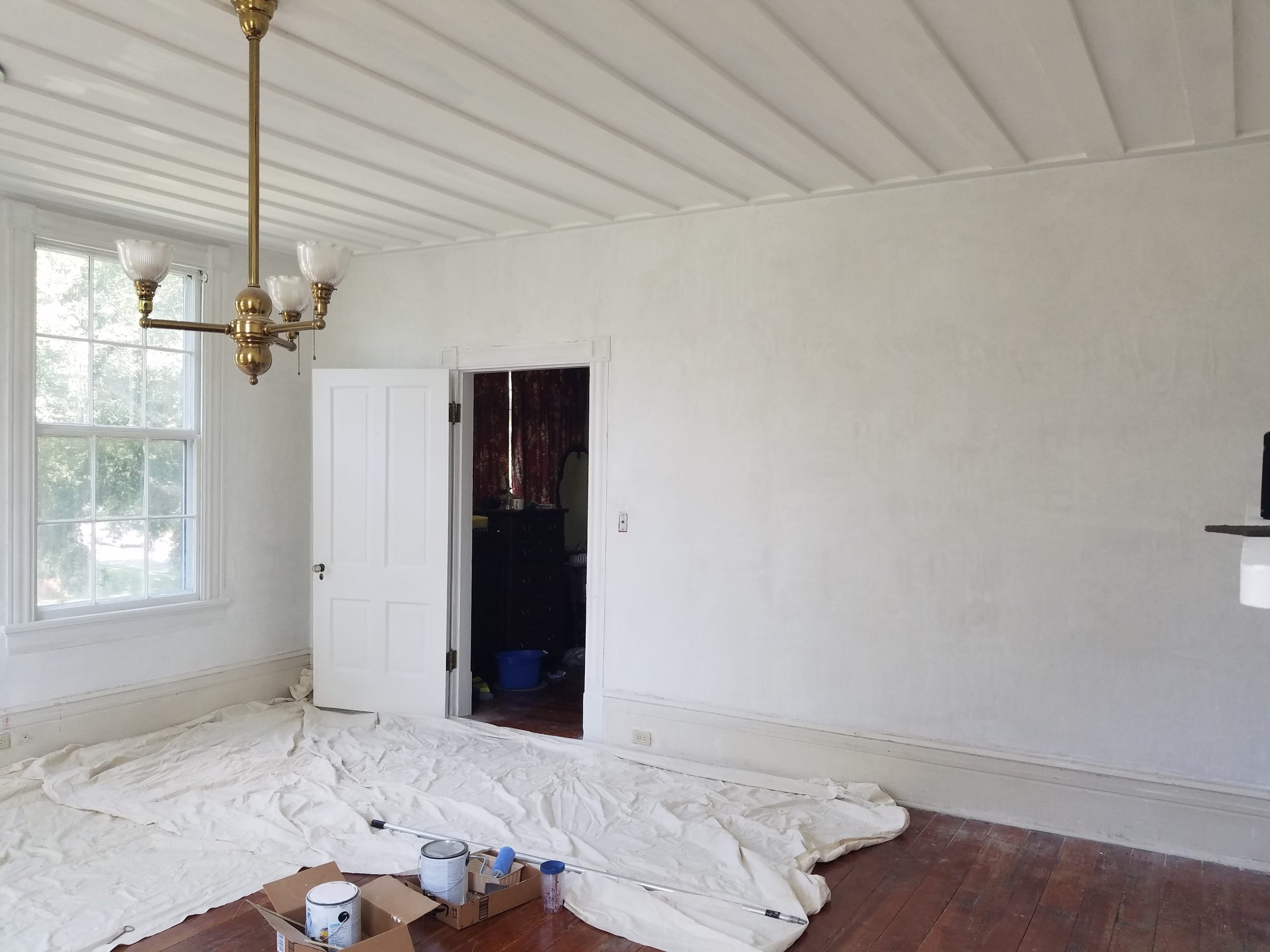
Fun Fact: Horsehair Plaster – or Is It?
You might have heard of “horsehair plaster” being used in old homes. It’s a common misconception that horsehair was the primary reinforcement in plaster. In reality, most historic plaster was reinforced with pig hair! This natural fiber was added to the plaster mix to increase its strength and durability. So, the next time you hear about horsehair plaster, you’ll know the real story behind it.

Conclusion
Renovating a historic home is all about making choices that honor the past while embracing the future. Lime plaster, with its myriad benefits, offers a perfect blend of both. It’s durable, eco-friendly, and steeped in history—making it an ideal choice for those looking to preserve the character and integrity of their historic homes.
Need More Help?
If you would like an article on where to start with plaster repair or want to ask a professional a question, please comment below.

Join
Work With Me


0 Comments